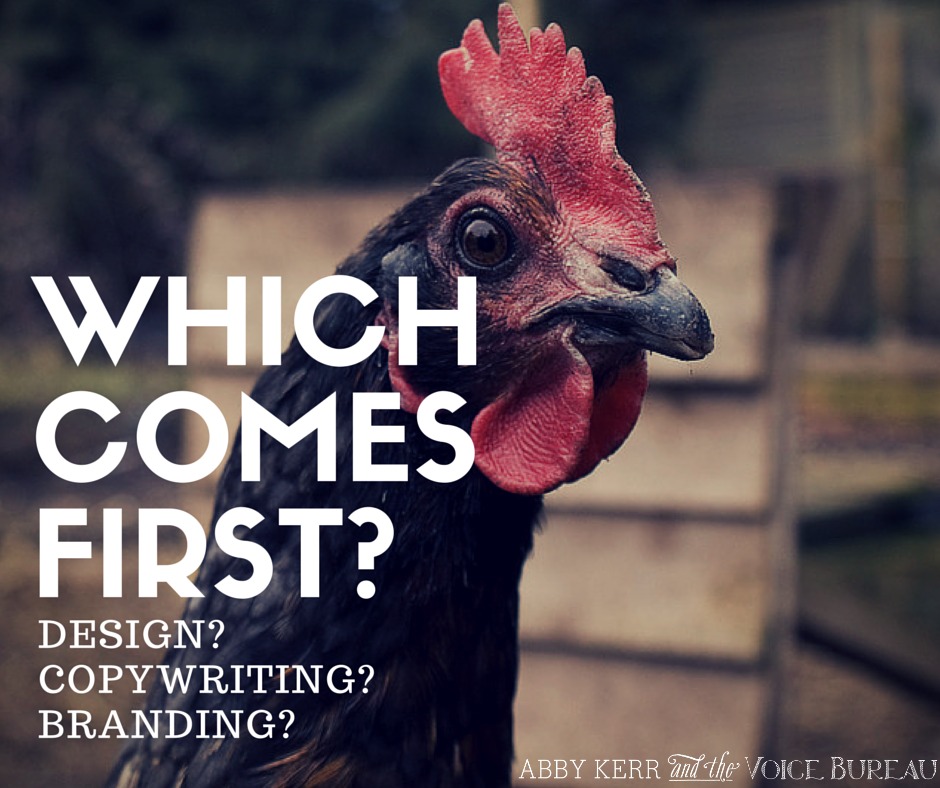What’s the connection between your brand voice & your ideal client? It’s pretty major & you’ve been probably been overlooking it.
 Here’s what you already have figured out:
Here’s what you already have figured out:
Certain people are drawn to you.
You are drawn to certain people.
As it is in your personal life/friendships/romances, so it is in your client roster and subscriber list.
Here’s what you haven’t yet parsed: the particular alchemy of those seemingly-destined connections. The recipe for that subtle mysterious magic. You’re highly self-aware, but you know you haven’t yet put your finger on all of the insights that will make the client connection thing make sense.
Divining and describing the patterns (and the outliers) that can be found in connection with our Right People is one of my very favorite things to do in my work at The Voice Bureau. I call it Right People Profiling.
Back in seventh grade, I wrote an innocent, ‘wanted ads’-style matchmaking column for the Valentine’s Day issue of the student newspaper. (What was the paper even called? The Lehman Ledger, maybe?) Anyhow, I wrote about how Kelley W. was obsessed with Jordan Knight from New Kids on the Block and was looking for a “fine, sensitive guy” who resembled him, and how Marcus L. was in search of a special “fly lady” who was looking for appreciation from “a true gentleman.” Keep in mind, I was not quite 13 at the time and the oldest classmate I was writing about was 15.
While I’ve long had an eye for chemistry, I never thought this skill would show up in my work. (Nope, being a professional matchmaker — a less brash Patti Stanger — was never on my radar.)
But being obsessed with the particularities of what makes two humans magnetize each other . . . and then describing the texture of what that is and why it’s works . . . that’s my sweet spot.
At The Voice Bureau, describing the chemistry between you and your ideal client is at the heart of our work.
It shows up in our copywriting projects with clients, in our evergreen courses, and in our signature Voice Values methodology. Truly, your Right People Rules are all encoded in your brand voice.
The 16 Voice Values help brand creators understand what their innate brand voice sounds like (and looks like) in action, and understand why certain people are drawn to that voice and why others are ambivalent or repelled.
Haven’t taken it yet? 48 questions, about 10 minutes of your time, and you’ll self-score your way to clarity on what’s naturally powerful about the way you tweet, Facebook, write blog posts, and email your list.
You’ll also learn a bit about why certain people are drawn to you and what you should watch out for as you grow your brand.
Enter your best email address below and click Go to get started.
I created this paradigm for branding to help brand creators and business owners — especially small, creatively-oriented brands (writers, authors, web and graphic designers, artists and illustrators, singers, dancers, and performers), helping-focused brands (healers, teachers, trainers, coaches, consultants, wellness practitioners), or aesthetically-inclined brands (fashion designers, floral designers, food stylists, interior designers, product designers) — own how they naturally and powerfully communicate when they’re at their best, standing in their strengths. So they can do more of it, consciously and intentionally.
The Voice Values give name & substance to what is already there.
But your top mix of Voice Values don’t stop at describing what you are and how you do it. Your top mix of Voice Values also tells you a LOT about the reader, client, customer, or buyer who is going to be drawn to you, when you’re owning what’s uniquely potent about you in your brand. When you’re owning your voice.
After all, when we speak/write/teach, we don’t do so in a vacuum. We are part of a conversation. Yes, even before we’ve grown our readership to a certain size of audience.
Our voices matter. Because voices inherently do.
If you believe this, too, you’re in the right place.
So what is the connection between your Voice Values and the people who will be innately motivated to learn from you, buy from you, do business with you, read you?
I have some conclusions and some insights to share, and I’m putting them together into The Voice Bureau’s first fully digital, downloadable product. It’s called Right People Rules: Define Your Brand Voice & Your Ideal Client. It’s a digital inquiry kit, which means it goes beyond basic e-book-ness and takes you into self-assessment, self-reflection, and immediate applications of what you learn.
I’m taking what I know to be a big, complex subject and distilling it down to the pith. Well, the pith plus. You know I have a high Depth value.
Noteworthy: Right People Rules is the first of several fully digital, highly affordable products we’ll be releasing . . . and we’re pricing it to SELL. We want to get this into the hands of as many of our potential clients and longtime readers as possible. This work is designed for accessibility. While it’s currently one of our lowest-priced products EVER, it packs so much value.
Remember what you already know:
Certain people are drawn to you.
You are drawn to certain people.
The why behind that magic isn’t always as easily discernible in our client rosters and subscribers lists as it is in our personal lives/friendships/romances.
If you’d love for ideal client understanding to become a much richer discovery process than it’s been until now, or if you’re turning a corner in your business and need to bring your brand and your audience along with it, Right People Rules is for you in mind.
$95 Pre-Sale happening now, until Tuesday, September 1st when the price goes up to $125.
{ 0 comments }

 It’s the classic chicken-or-the-egg debate: which comes first? What’s the best strategic place to start? And if you start with the “wrong” element first, will it mess up everything else?
It’s the classic chicken-or-the-egg debate: which comes first? What’s the best strategic place to start? And if you start with the “wrong” element first, will it mess up everything else?

 Hello, you.
Hello, you.